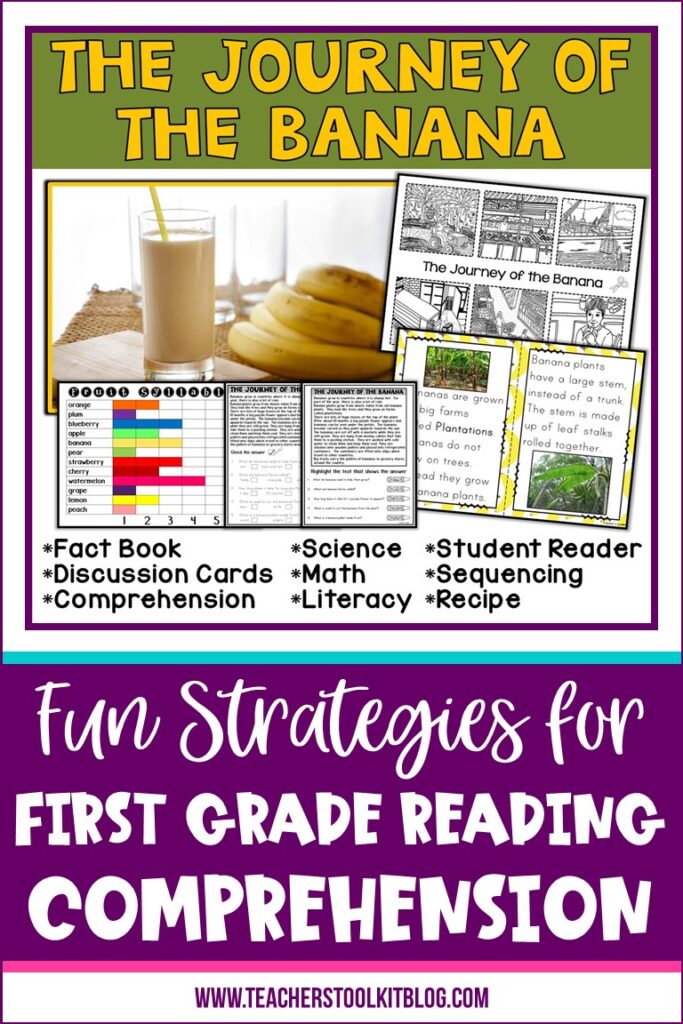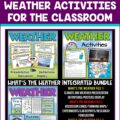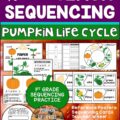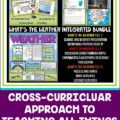Have you ever read an entire paragraph and had no idea what you read? It happens to everyone occasionally, but if you’re a young reader with comprehension issues, it happens almost every time they read. How frustrating that must be! Luckily, there are some reading comprehension strategies that we can use to help them improve their reading comprehension and lower their frustration levels. There’s more on reading comprehension in this earlier post.

Reading Comprehension strategies
One problem is that some students who struggle with comprehension are actually good at decoding. To listen to them read, you’d never suspect there’s a problem.
These reading comprehension strategies listed here can be done with all students, making it harder for the strugglers to slip through the cracks.
- Teach vocabulary. There’s a correlation between students with poor vocabulary skills and poor comprehension. That should come at no surprise. If you don’t know the meaning of the words you’re reading it’s impossible to comprehend the overall text. Using different sensory strategies can be a good way to improve students’ vocabulary. For example, using pictures and graphic organizers along with mnemonics will take different learning modalities into account.
- A related issue can be language comprehension in general. This means that listening comprehension and speaking skills may need to be addressed before tackling written language.
- Thinking strategies will give students more tools in their arsenol. Reading comprehension will improve as vocabulary and language comprehension do. But even so, they may still struggle with more advanced reading skills such as inference and attention to detail. To help, teach students different metacognitive tactics that they can use. Predicting what will happen next, drawing pictures or visualizing what they’re reading, developing and answering questions during reading, and rereading of the text will provide students with different options. They may discover that different thinking strategies are needed for different types of text.
try reading games
Playing reading games make learning these skills more fun. Having fun and learning at the same time? Priceless!
- Try a Scavenger Hunt. Make simple clues that lead to different locations around the room. Reward them with stickers or some other small item. Let them see how important reading is!
- Make a mind map with sticky notes. For this activity you’ll need a book you’ve read that has the same number of characters as groups of students. Give groups of students a bunch of sticky notes and a character to work with. Have them write down one thing about their character on each note. It could be a trait, what they did in the story, or a description. Then have them put their sticky notes on the wall. Let them work together to arrange the notes in a way that makes sense to them.
- Play Comprehension Ball! This is a fun game that will get your students out of their seats. Get a beach ball and use permanent marker to write a question in each section. The questions can be general or specific to a book you’re reading. Have the kids stand in a circle and start some music. They’ll toss the ball around and when the music stops whoever has the ball has to answer whichever question their left thumb is touching! Then just start up the music again and repeat!
reading comprehension and ‘How-To’ writing
I have a unique resource in my store will that enable students to practice reading comprehension strategies as well as “how-to” writing using a food-to-table topic.

This From Plant to Plate Unit: The Journey of the Banana will help students understand that most food, bought in stores and eaten by them, comes from farms. Students will explore the food-to-table process.
Looking at the connections between food, health, society and the environment, students can begin to imagine how what we eat, determines how the world is used.
Food takes a complex journey from its origins on farms, ranches, rivers, oceans and other sources to consumers’ plates. Along the way, it passes through the hands of producers, processors, transporters, warehouse operators, retailers, consumers and waste handlers. This unit will enable students to begin to explore this complex process.
Sequencing strategies, comprehension questions, and discussion cards will have your students practicing their reading comprehension skills while learning an important concept.
Also included are templates for informational writing. You’ll also find a graphing activity and a science experiment! All your bases are covered with this one unit.
Please share some comprehension strategies that have worked for you and your students!


